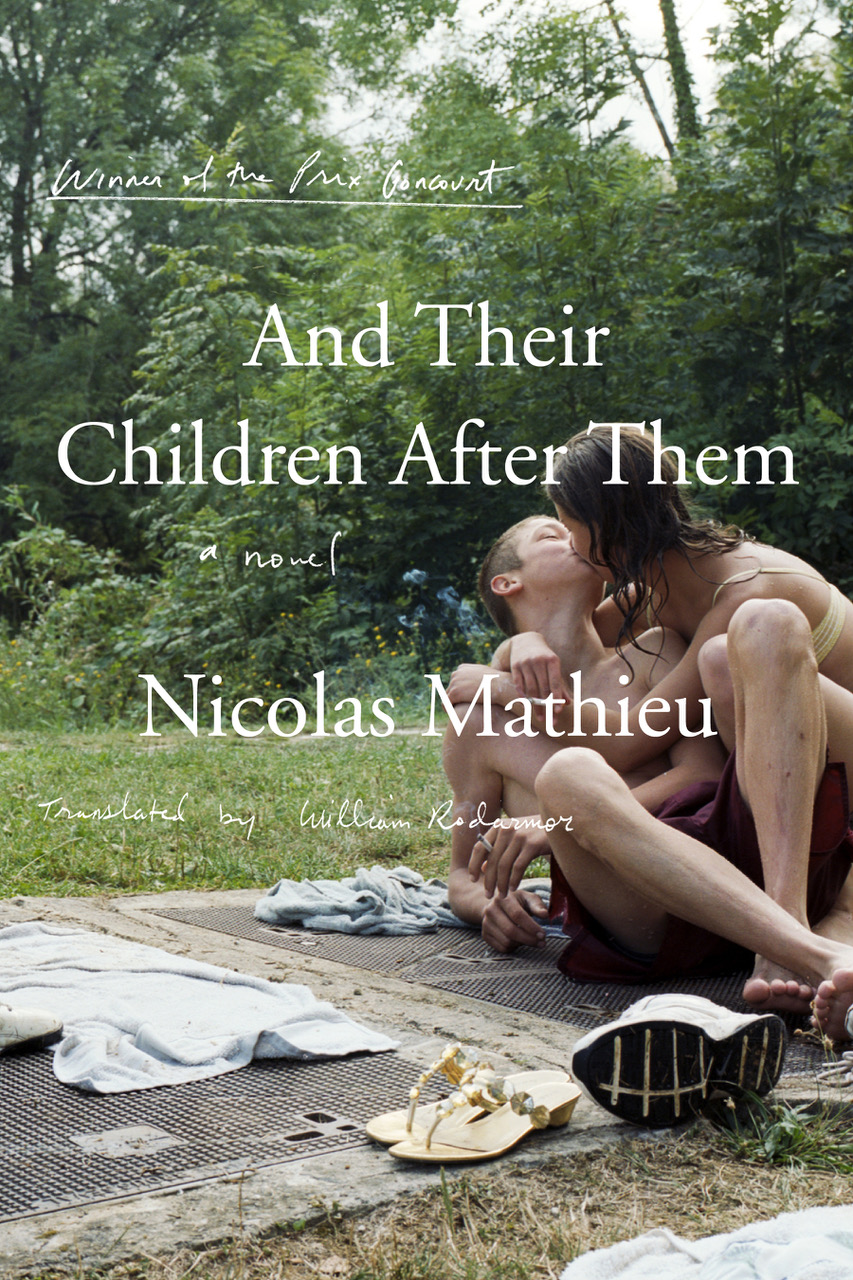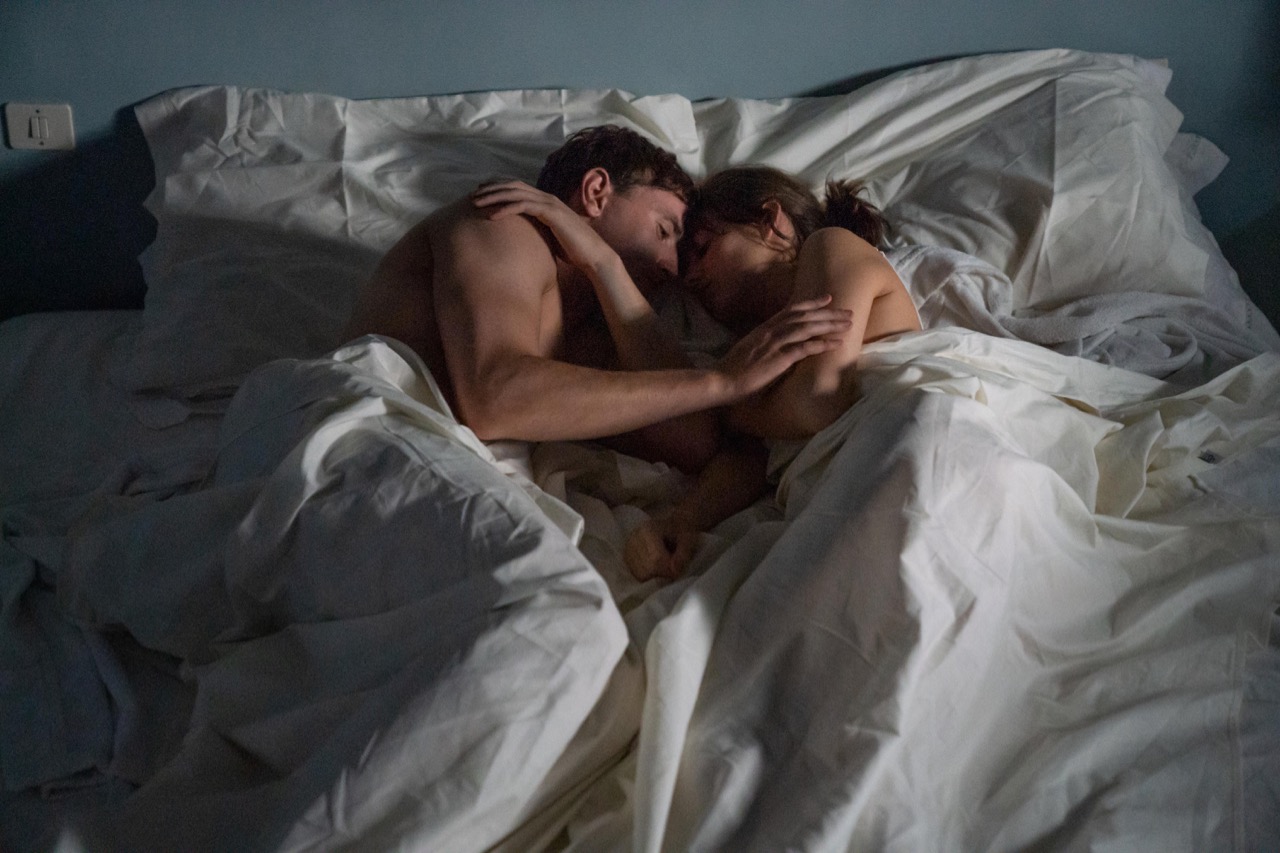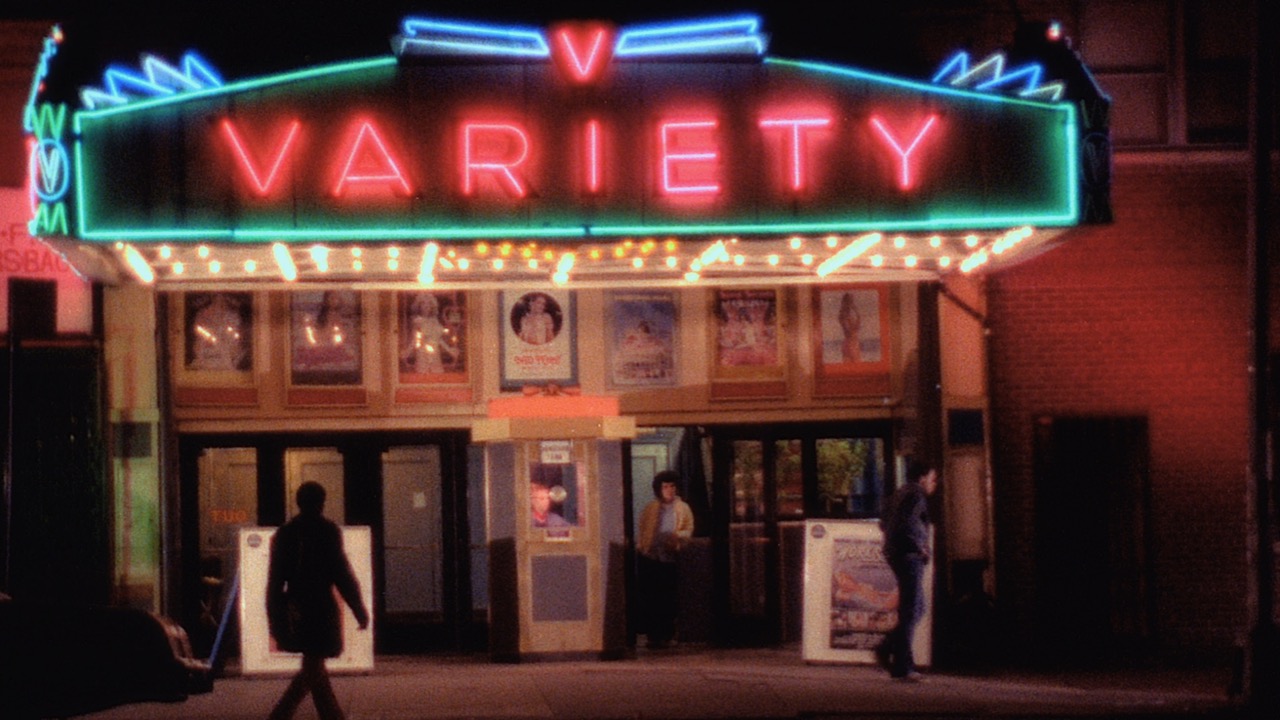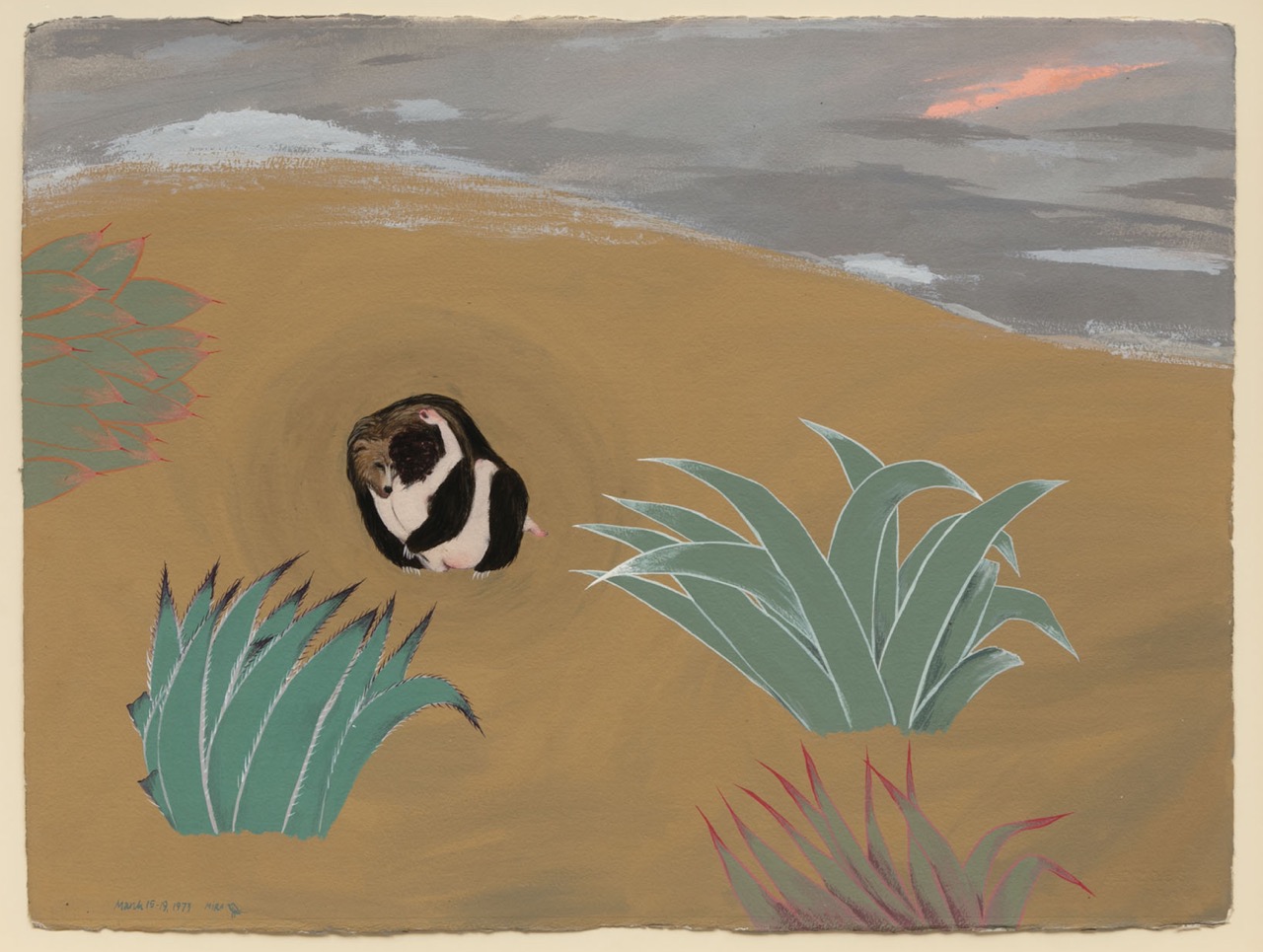 4 Columns
4 Columns

4Columns returns with a new issue on September 4. We’re spending this languorous mid-August week cheekily scrolling through our archives to hunt out its most carnal moments.
• • •
“Sex is natural, sex is good,” George Michael crooned in 1987, and indeed, “sex is natural, sex is fun.” In this week’s summer missive, we put a stop to any summertime sadness by indulging in a little good-natured scopophilia, via a resuscitation of some of the most lubricious moments in our archives. As we evaluate these sex scenes in this, our pandemic summer of 2020, guided by Cardi B. and Megan Thee Stallion, we find in these reviews the spirit of that impenitent femme fatale who, in the impassioned rappers’ words, does not cook, and does not clean, but can tell us about how she got that ring.

Mike Kuchar, Pagan’s Picnic, 2017. Felt tip pen and ink on paper, 29 × 22.5 inches. Image courtesy the artist, Anton Kern Gallery, and Ghebaly Gallery.
Mike Kuchar
Reviewed by Ed Halter
Back in 2017, Anton Kern Gallery showed twenty-two fantastical drawings of homoerotic coupling by pioneering experimental filmmaker Mike Kuchar that “could make a bride blush,” Ed Halter wrote for 4Columns shortly after the opening. Kuchar’s exhibited works were most definitely NSFW: engorged, all, with a gleeful riot of spherical, shiny asses and thick, veiny dicks. The unmistakable specificity of a Kuchar phallus prompted the following reflection from Halter: “We are sometimes told that great art cherishes ambiguities and enigmas. Great pornography, however, achieves both its formal and erotic powers through the crystal-clear manifestation of desires that otherwise might remain unarticulated. Think how Sade’s writing gave a name to sadism and Sacher-Masoch’s to masochism, while Tom of Finland’s images inspired real leatherman to walk the earth. Thus the most advanced pornographers produce authorial tics through the repetition of particular paraphilia . . . Kuchar has remarked that he uses his mirror image as model when drawing. Perhaps then these men are his own ego ideal, multiplied and beefed up via the metamorphoses of fantasy.”

Timothée Chalamet and Armie Hammer in Call Me by Your Name. Photo: Sayombhu Mukdeeprom. Image courtesy Sony Pictures Classics.
Call Me by Your Name, directed by Luca Guadagnino
Reviewed by Melissa Anderson
A few months after Mike Kuchar’s show closed, the lustful Call Me by Your Name was released in US theaters. This sexy, melancholy summer idyll “lushly shows how desire is deftly articulated, even when not explicitly labeled or spoken,” film editor Melissa Anderson writes. The film might be less sexually explicit and candid than its source text, the eponymous novel by André Aciman, Anderson notes, but still, director Luca Guadagnino “never turns the temperature down. The heat generated by, say, an index finger stroking a lower lip—that digit soon to be lightly nibbled and sucked by the mouth it is caressing—could burn a hole through the screen. . . . The seconds that precede a deep kiss between Elio and Oliver rank among the sexiest of screen caesuras, a respite during which a spectator is invited to recall similar scenarios she may have found herself in, even while her attention remains focused on the bodies, the lives, the desires of the two men in front of her.”

And Their Children After Them, by Nicolas Mathieu
Reviewed by Rumaan Alam
Nicolas Mathieu’s Prix Goncourt–winning novel, And Their Children After Them, translated into English earlier this year by William Rodarmor, is a somewhat grim disquisition on working-class life in contemporary France. Perhaps to lighten the mood a little bit (or perhaps simply because he’s French), Mathieu also gifts the reader with “the compensatory thrill of sex,” reviewer Rumaan Alam confides. The book reads like a television drama, and if it were one, it would definitely be on HBO, Alam insists, “if for no other reason than its relentless horniness.” The novel mostly centers on a bunch of teens “totally obsessed” with naked bodies, porn magazines and tapes. But the parents get lucky too, one mother in particular blessed with some of the book’s most carnal encounters. “Like many a prestige television show,” Alam admits, “the novel is enjoyable, sometimes addictive, occasionally ridiculous.”

Paul Mescal as Connell and Daisy Edgar-Jones as Marianne in Normal People, season 1, episode 8. Image courtesy Hulu.
Normal People, directed by Lenny Abrahamson and Hettie Macdonald
Reviewed by Michelle Orange
Another sex-stuffed book transferred to the screen—the small one, this time—was Sally Rooney’s enormously popular novel Normal People, adapted into twelve episodes that debuted on Hulu at the end of April. The series sparked a flurry of reviews in which nearly every critic paused to meditate on the abundant fornication captured by the show. Alas, unlike the tumid concupiscence in Call Me by Your Name, reviewer Michelle Orange cautions that “the sex scenes, of which there are a healthy number, highlight the limits of adapting a story as rooted in interiority as this one. Directors Hettie Macdonald and Lenny Abrahamson have to show us not just good or reasonably hot sex . . . but what the book frames as transcendent, world-shattering sex. What Rooney captures so well—the profoundly inward, psychic nature of physical intimacy—is lost, despite a keen effort, in the usual assemblage of grinding bodies and faces panting into each other.”

Variety. Image courtesy Kino Lorber.
Variety, directed by Bette Gordon
Reviewed by Erika Balsom
Erika Balsom’s recent quarantine reflection on Bette Gordon’s 1983 film Variety (with a screenplay by Kathy Acker) occasioned a meditation on representations of female desire. Variety centers on the tale of Christine (Sandy McLeod), a nice Midwestern girl living in New York City who develops a fascination with porn movies and begins to visit peep shows in Times Square. “Christine propels a loose narrative in which pornography kickstarts an exploration of the limits of fantasy and the possibilities of female agency in the world of men,” Balsom writes. “With its emphasis on voyeurism and objectification, the film doesn’t conform fully with what some critics today characterize as the ‘female gaze.’ But all this friction speaks to the movie’s enduring interest. No simple tale of empowerment, Variety fiercely refuses to be held up as an unproblematically good object and is all the better for it. Its final sequence . . . drives home the idea that what is powerful and potentially emancipatory about fantasy is precisely that it is fantasy, unfurling in relation to reality but separate from it, full of complexity and contradiction. It is an imaginative space where we are free to want what we might not actually want.”

Mira Schor, Bear Triptych (Part III), 1973. Gouache on Arches paper, 22 × 30 inches. Image courtesy the artist and Lyles & King.
Mira Schor
Reviewed by Johanna Fateman
Lyles & King’s exhibition last spring of storied feminist artist Mira Schor’s early works from the 1970s might not be as explicitly sexual as the other entries in this week’s missive. However, Schor’s painting of the tender intimacy between a woman and a bear is an unusual erotic emblem that couldn’t be left off this list. Reviewer Johanna Fateman describes Schor’s “eerie, erotic Bear Triptych (1972–73), a heart-quickening high point in the intriguing exhibition, [which] makes plain the narrative, myth-making quality of her images. Part I depicts the dark-haired Schor seated on a steep sandy slope, her pale form the composition’s bright focal point. Framed by imposing cypress trees and a triangle of sky, she gazes into the eyes of a grizzly bear, its sharp claw resting gently on her shoulder as she wraps a long arm around its neck. In Part II, the sun sets on her weird Eden, and she stands turned away, hiding a bloody hand. It’s unclear what happened—the barbed tentacle of an agave plant is also stained, and the approaching bear is spattered with crimson. Part III delivers a kind of resolution: the artist and animal locked together, having sex.”